The DS 4 exemplifies mass-market luxury, cramming features and frivolity into an excellent all-rounder
DS Automobiles finds its form with the DS 4, a mid-range hybrid with a smart mix of driving refinement and design eccentricity
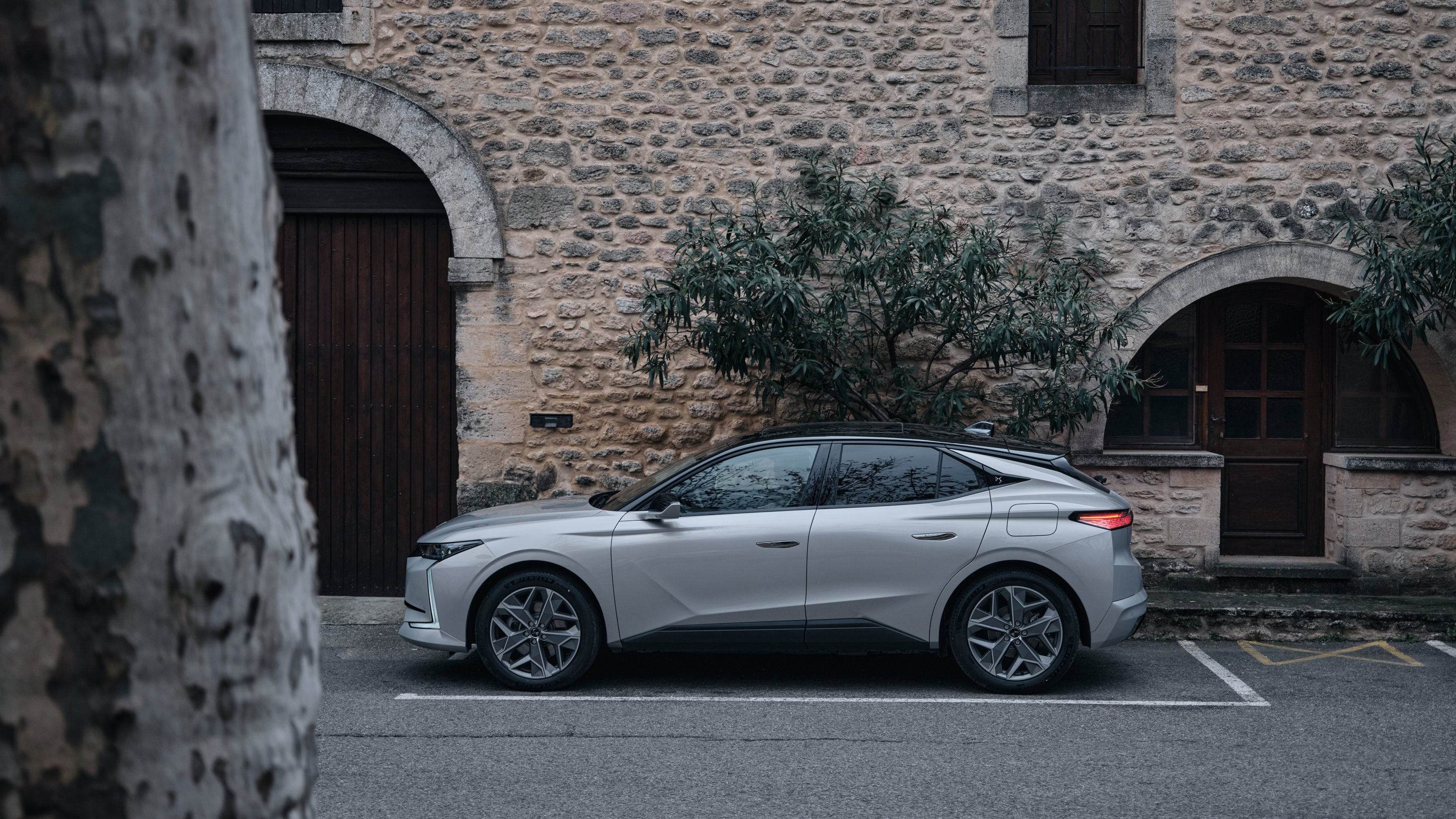
It's a measure of the weird hybrid space that DS has manoeuvred itself into, a mass-market manufacturer aping the approach and actions of a luxury car maker. DS is carefully curated to exude an aura of niche, bespoke design, all within the umbrella of the Stellantis family.

Motoring journalists tend to have longer memories than car buyers, and the subtle but insistent art of modern branding can be far more persuasive than the historical record. The original DS has faded far in the cultural memory – too old to even be considered a cult car. When Citroën siphoned off its big car DNA into the separate DS brand, it intended to evoke the spirit of the original, if not the actual dramatic avant-garde approach to design and engineering.
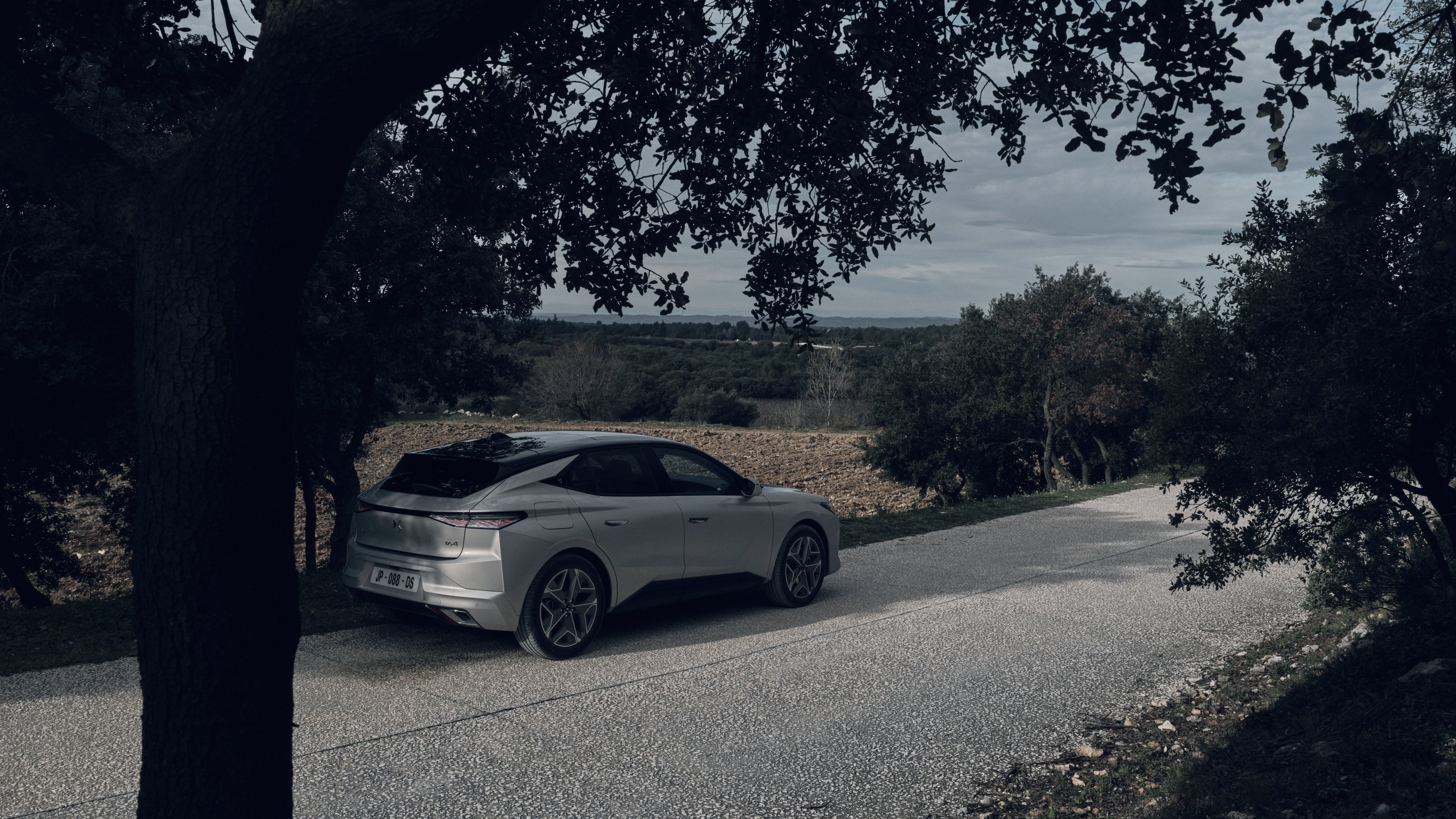
Alongside the DS 9, the DS 4 is the best-looking car in the DS line-up. A mid-sized, raised-up crossover-style hatchback, it has the proportions to reconcile the angular front and rear treatment – all big grilles and slashed lighting – with the long flanks. The wheels sit suitably far apart to give the DS 4 a purposeful, planted stance. It feels right, not awkward, with space for the wilfully esoteric detailing to breathe. In plug-in hybrid form, the DS 4 E-Tense 225 will run 62km on battery power alone, a welcome chunk of zero-emission driving that’s paired with a sprightly petrol engine.
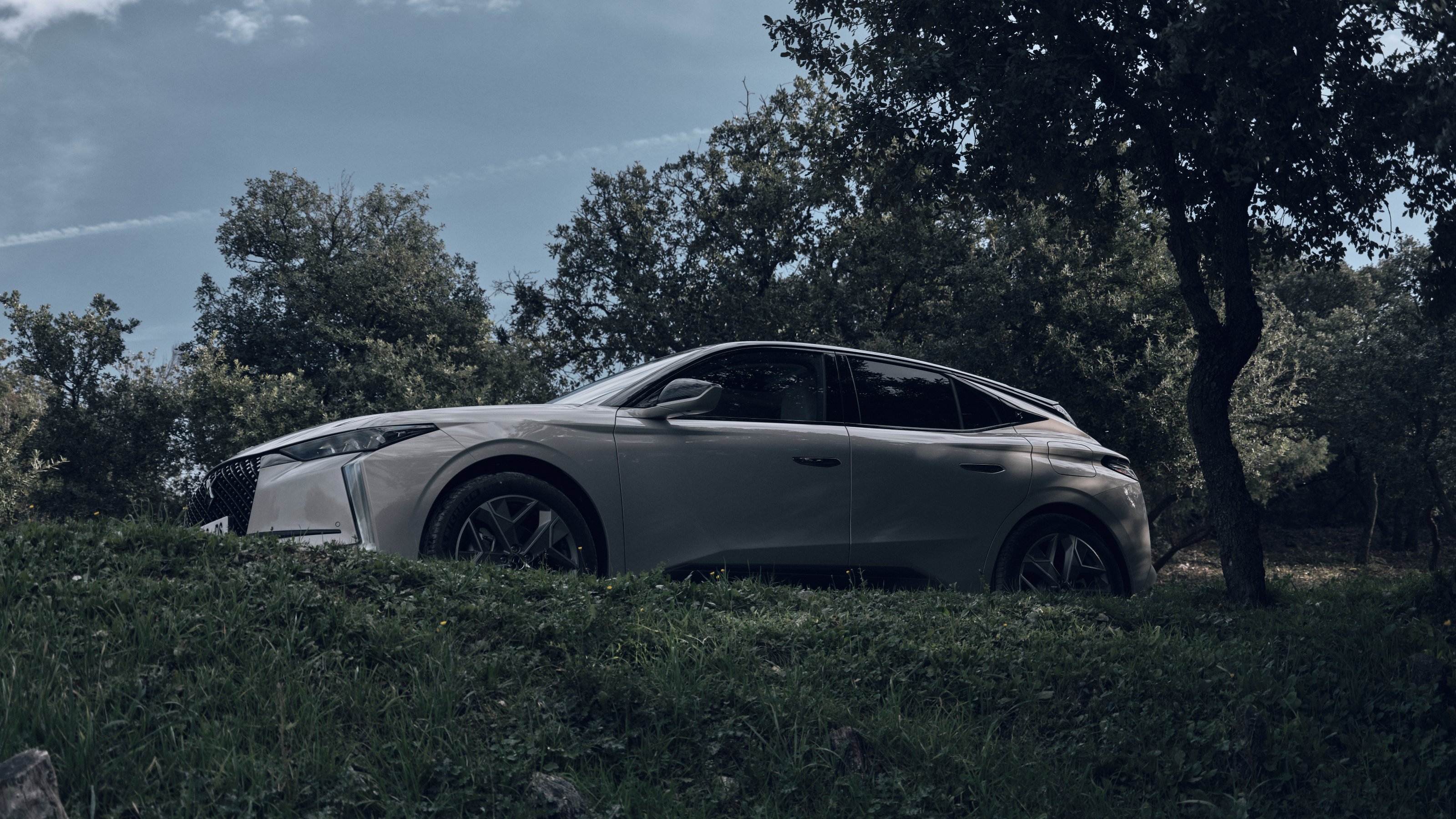
Inside, there’s even more character. The graphics on the central screen are eccentric but by no means offensive, and DS’ designers are sensible enough to realise that it’s the tactile touch points like buttons and roller dials that provide the most obvious and gratifying interactions with a car. Hence DS 4 is awash with little breaks from the norm, like the windowsill-mounted electric window buttons, or the concealed ventilation system.
DS 4 and its low-key luxury

There’s a lot of low-key luxury going here – from the heated massage seats to the use of hand-stitching on some of the surfaces, embossed leather, and innovations like night vision, active suspension that scans the road ahead, and a customisable info screen – that is normally found much higher up in the market.
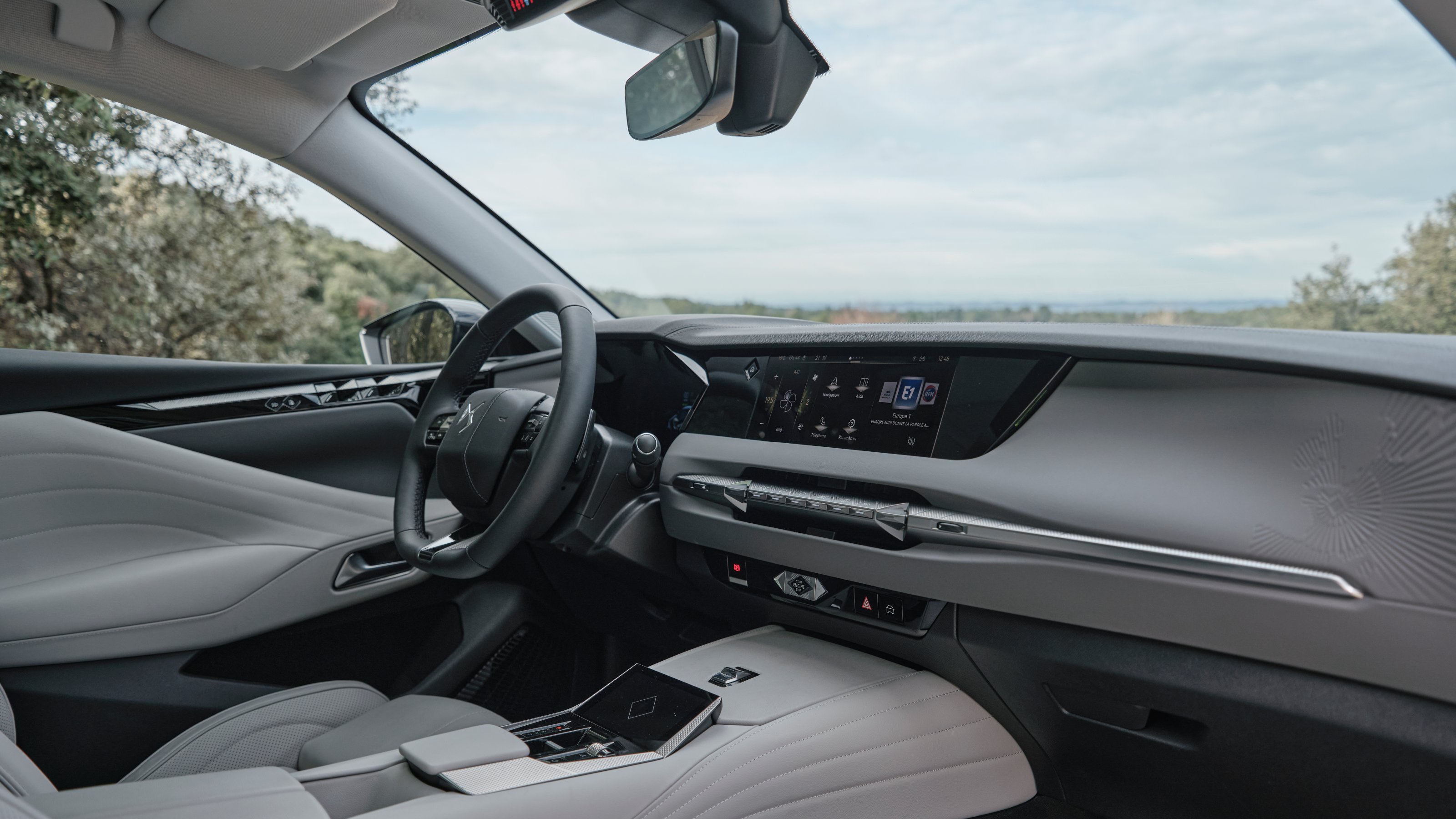
As a case in point, DS has created a nappa leather ‘culinary trunk’, part of its drive to celebrate the ‘Esprit de Voyage’ conjured up by its cars. The trunk was designed by DS’ Design Studio Paris and fabricated by French leather goods manufacturer La Malle Bernard. It was developed in collaboration with the Michelin-starred chef Julien Dumas, containing the kinds of items needed for a tasting trip to vineyards and olive oil producers, rather than an out-and-out picnic. It’s available in edition of ten, for either the DS 4 or DS 7 Esprit De Voyage editions at a cost of €4,000.
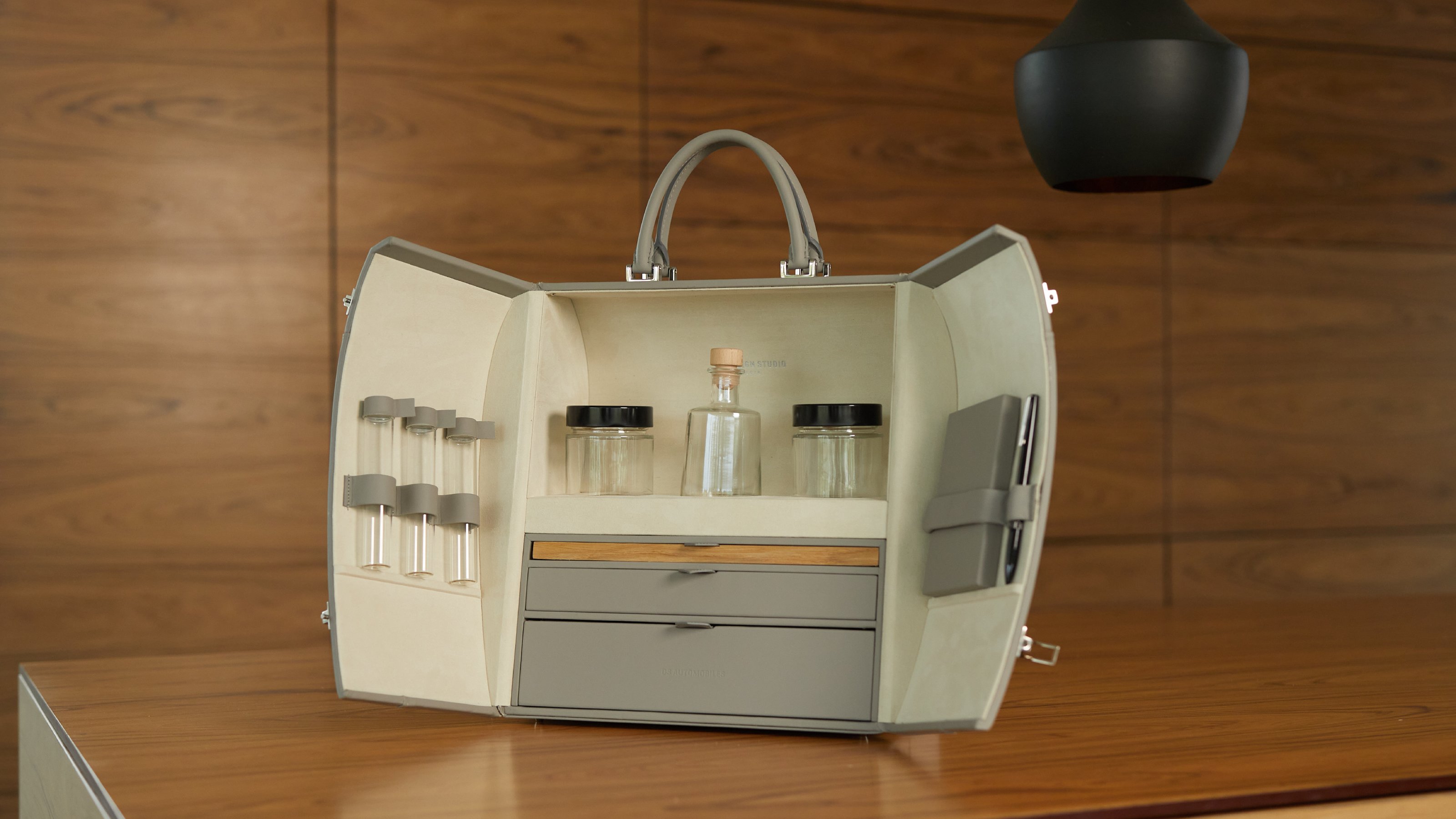
Culinary trunk for DS 4
Aiming too high, or an example of luxury’s democratisation? Regardless of the perks and quirks, the DS 4 ticks many boxes. It is easy on the eye, easy to drive, and a very straightforward car to live with. Some of the design decisions verge on the perverse, but historically that’s exactly what hardcore Citroën owners craved – a bit of deliberate difference that set them apart from the mainstream.
Wallpaper* Newsletter
Receive our daily digest of inspiration, escapism and design stories from around the world direct to your inbox.
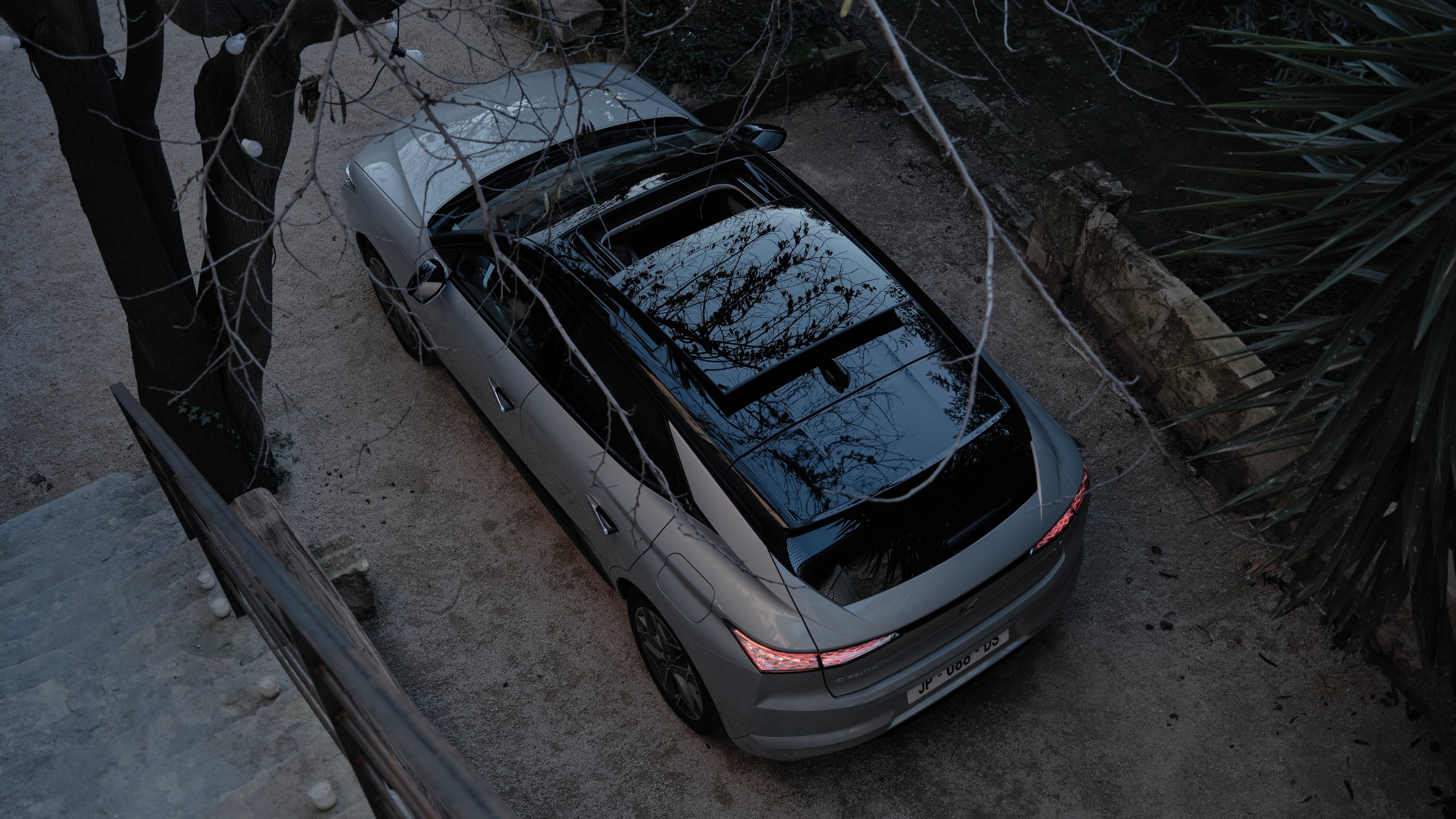
DS 4 Esprit De Voyage hybrid, from £44,650, DSAutomobiles.co.uk
Jonathan Bell has written for Wallpaper* magazine since 1999, covering everything from architecture and transport design to books, tech and graphic design. He is now the magazine’s Transport and Technology Editor. Jonathan has written and edited 15 books, including Concept Car Design, 21st Century House, and The New Modern House. He is also the host of Wallpaper’s first podcast.
-
 Put these emerging artists on your radar
Put these emerging artists on your radarThis crop of six new talents is poised to shake up the art world. Get to know them now
By Tianna Williams
-
 Dining at Pyrá feels like a Mediterranean kiss on both cheeks
Dining at Pyrá feels like a Mediterranean kiss on both cheeksDesigned by House of Dré, this Lonsdale Road addition dishes up an enticing fusion of Greek and Spanish cooking
By Sofia de la Cruz
-
 Creased, crumpled: S/S 2025 menswear is about clothes that have ‘lived a life’
Creased, crumpled: S/S 2025 menswear is about clothes that have ‘lived a life’The S/S 2025 menswear collections see designers embrace the creased and the crumpled, conjuring a mood of laidback languor that ran through the season – captured here by photographer Steve Harnacke and stylist Nicola Neri for Wallpaper*
By Jack Moss
-
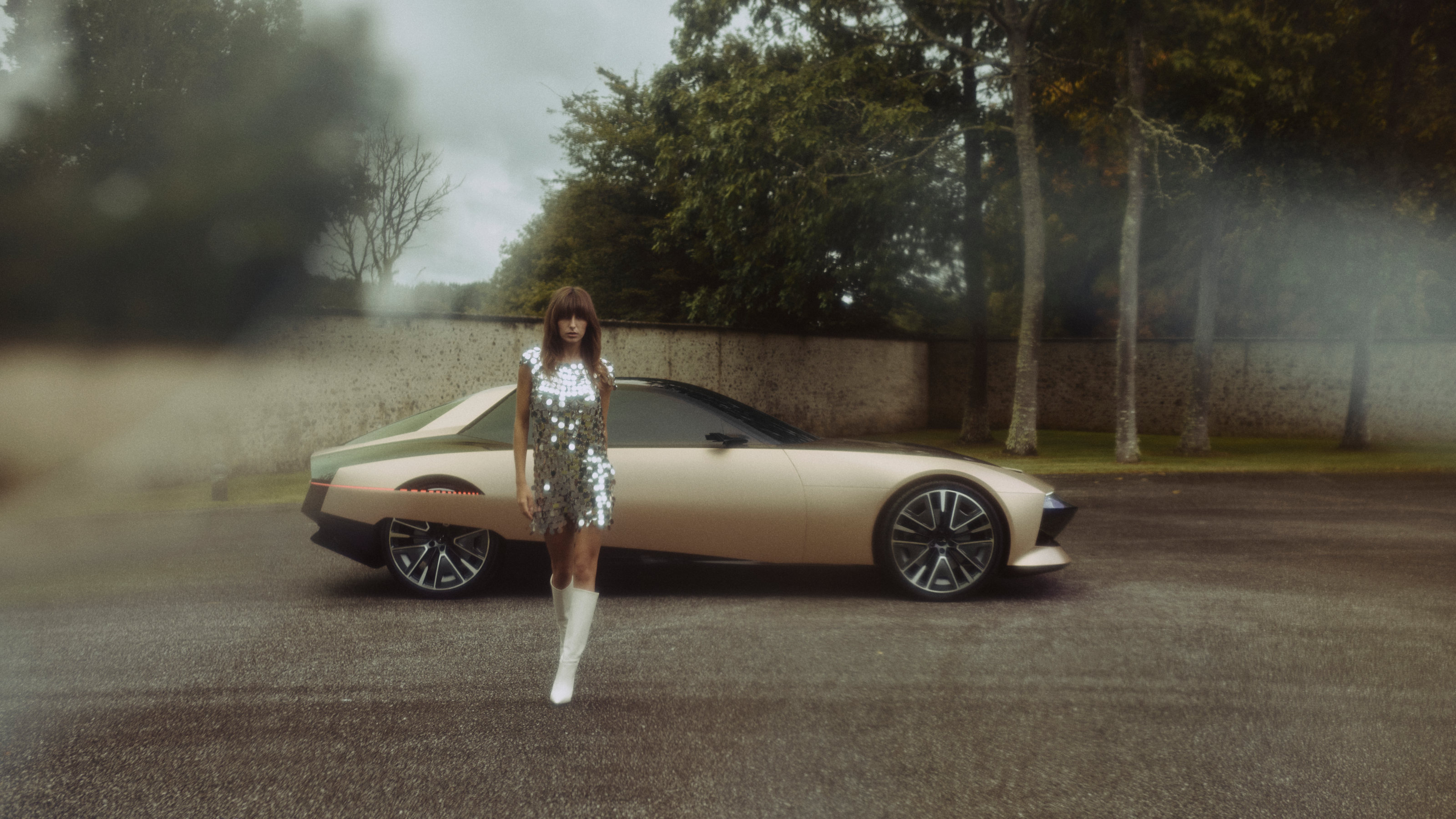 SM Tribute by DS Automobiles marks ten years of the brand and signals bold things to come
SM Tribute by DS Automobiles marks ten years of the brand and signals bold things to comeThis spectacular concept car pays homage to one of the most iconic Citroën designs of all time, the 1970 SM by Robert Opron
By Jonathan Bell
-
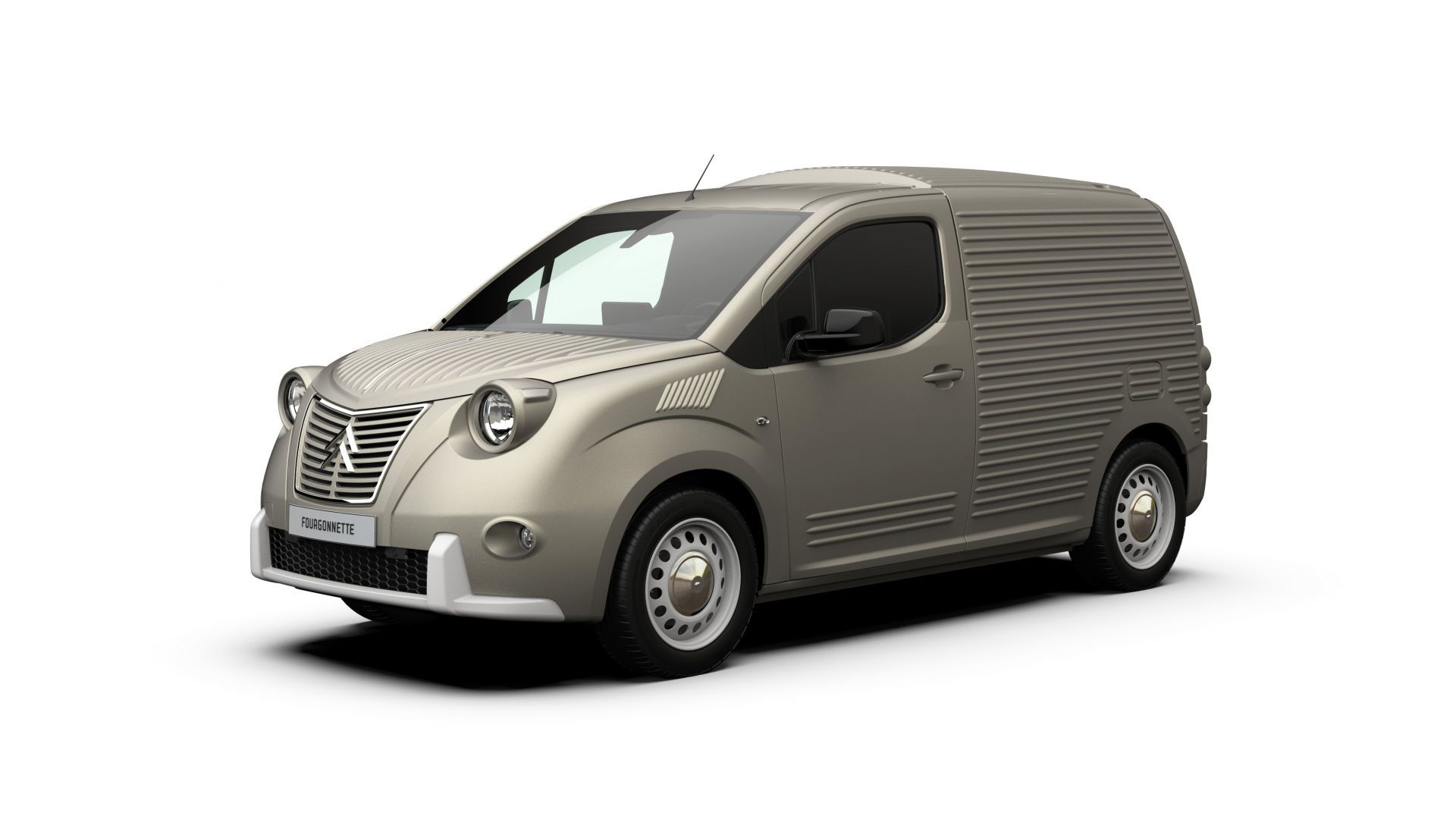 Carrosserie Caselani’s Fourgonnette is a retro van for bold businesses
Carrosserie Caselani’s Fourgonnette is a retro van for bold businessesThis updated Fourgonnette, inspired by the legendary Citroën 2CV, cloaks a conventional Citroën commercial vehicle in a stylish retro skin
By Jonathan Bell
-
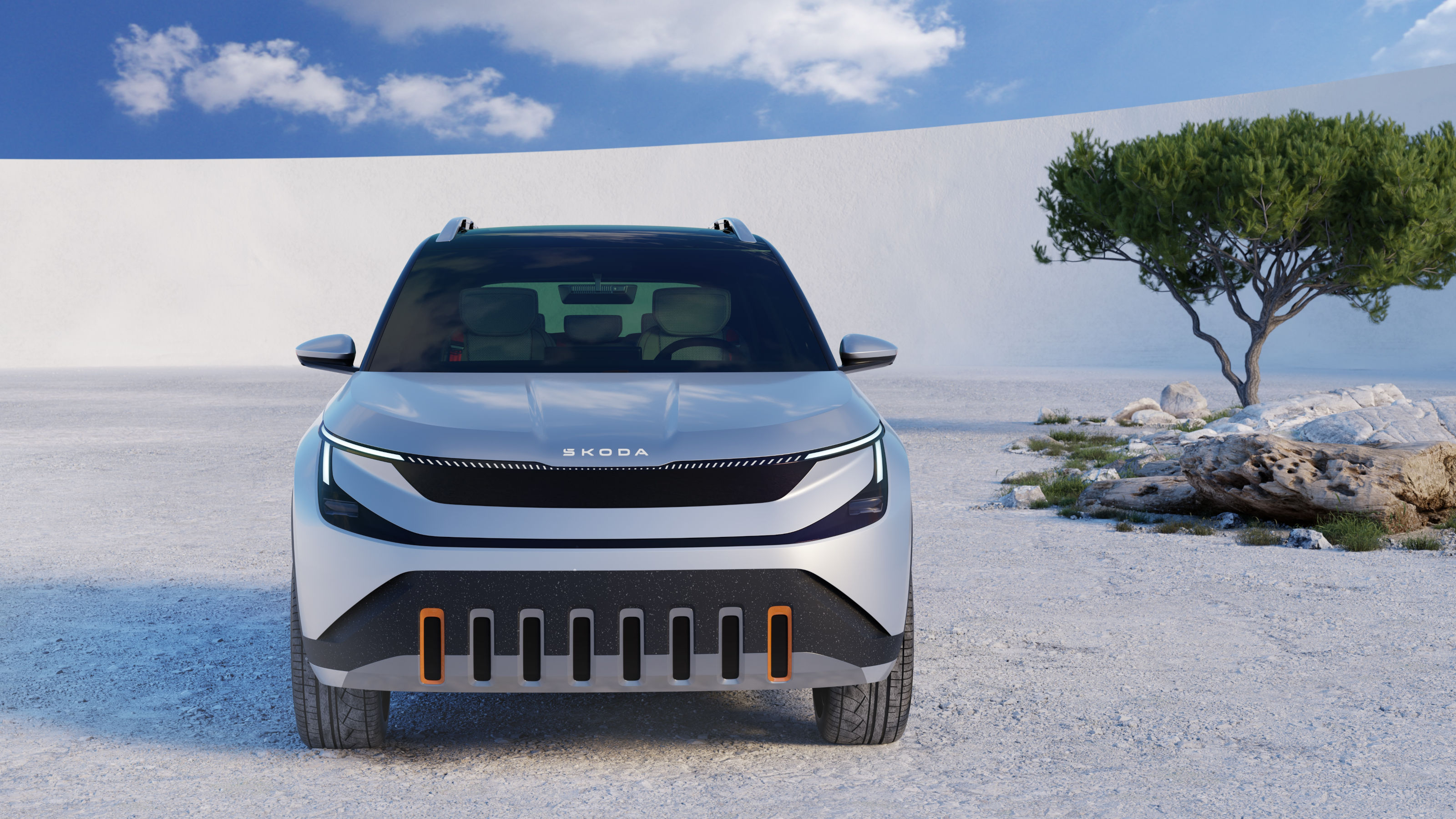 Coming soon: a curated collection of all the new EVs and hybrids that matter
Coming soon: a curated collection of all the new EVs and hybrids that matterWe've rounded up new and updated offerings from Audi, Porsche, Ineos, Mini and more to keep tabs on the shifting sands of the mainstream car market
By Jonathan Bell
-
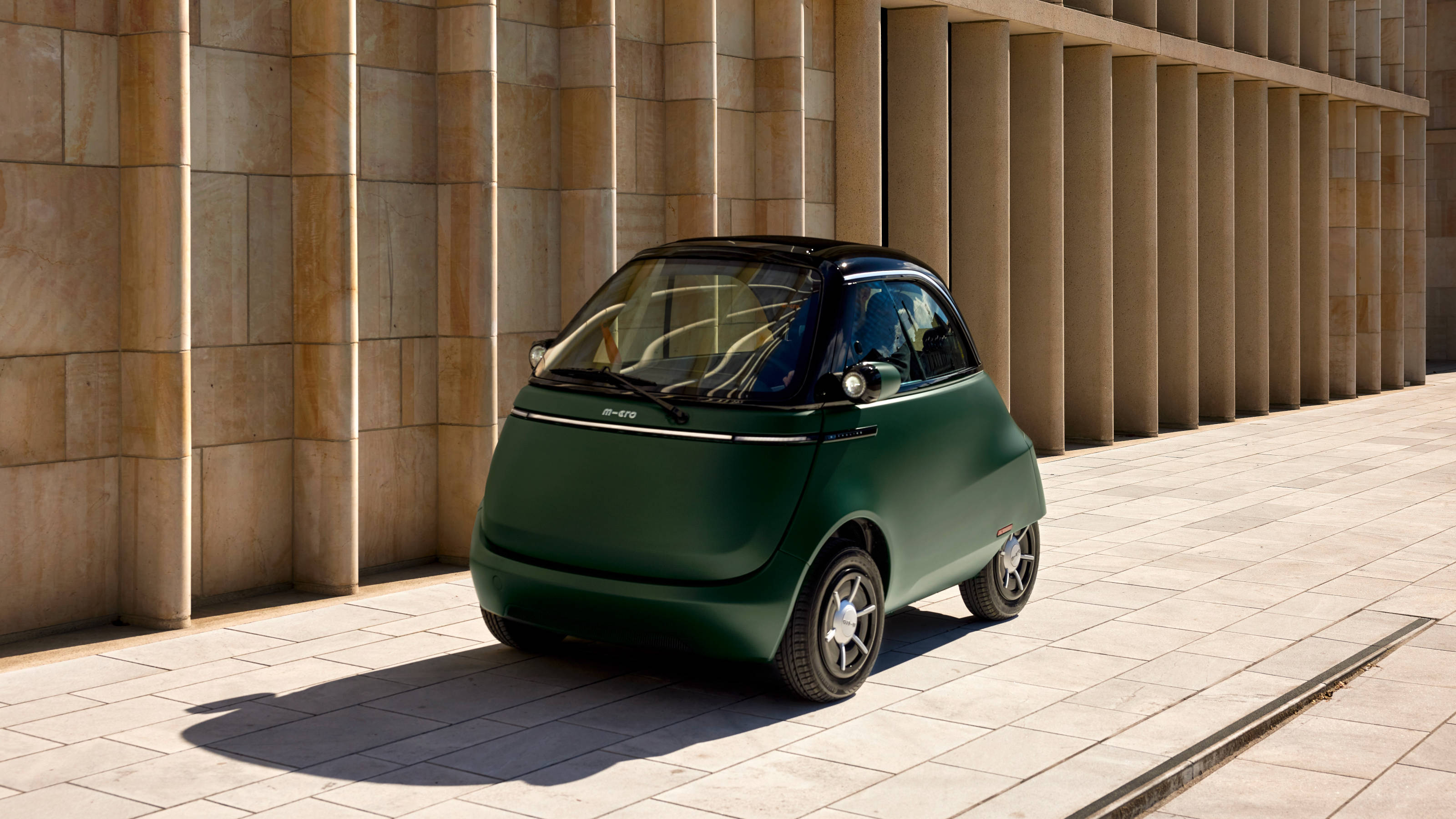 Microcar madness: three new ultra-compact electric city cars
Microcar madness: three new ultra-compact electric city carsThese two-seater electric microcars are the ultimate errand machines, designed for short hops and small spaces, all with a minimal footprint
By Jonathan Bell
-
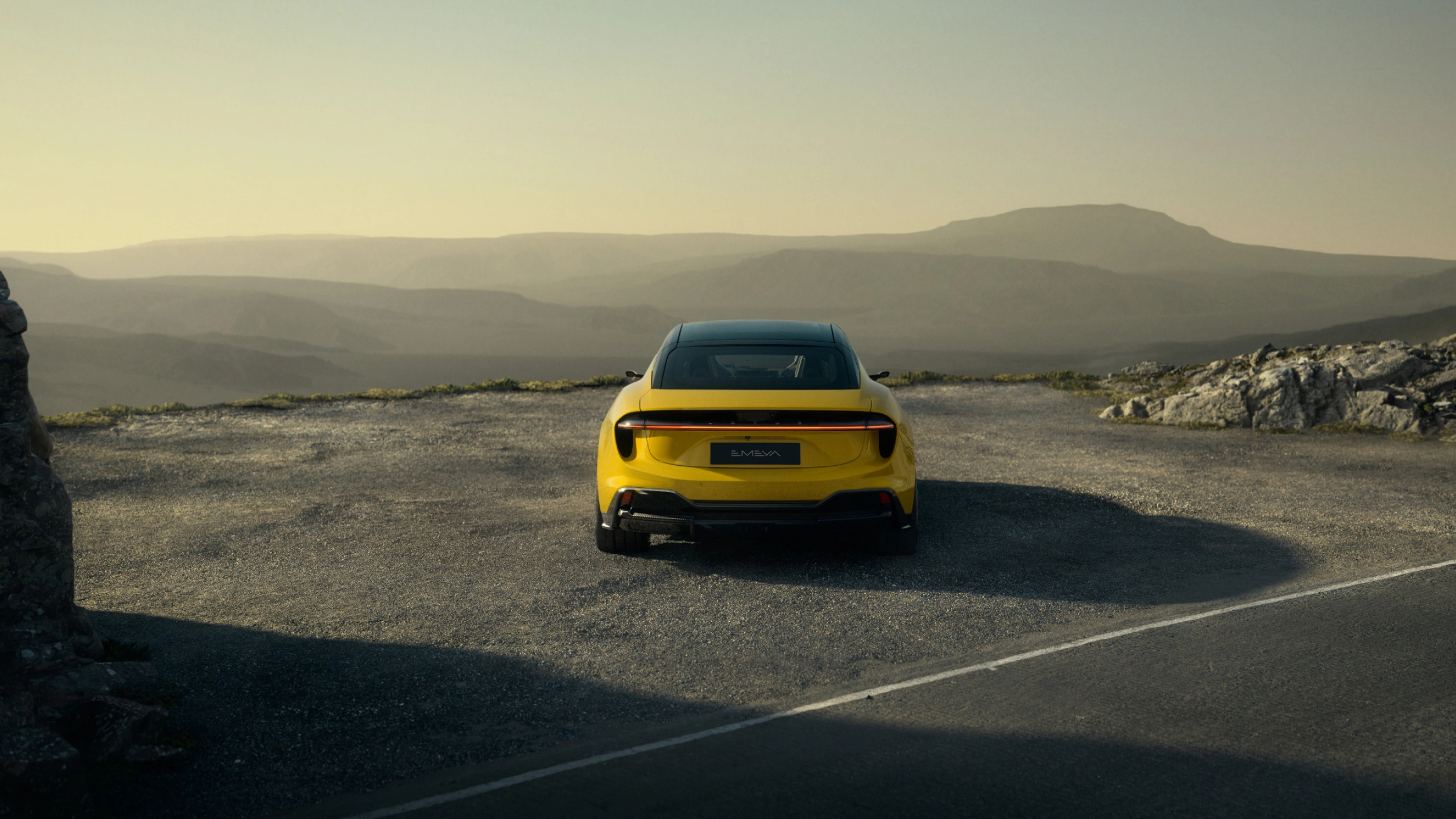 24 transportation design innovations for 2024
24 transportation design innovations for 2024From electric cars to new airports and sports boats, here’s a non-exhaustive list of 24 of the most interesting transportation design innovations to expect in the coming year
By Jonathan Bell
-
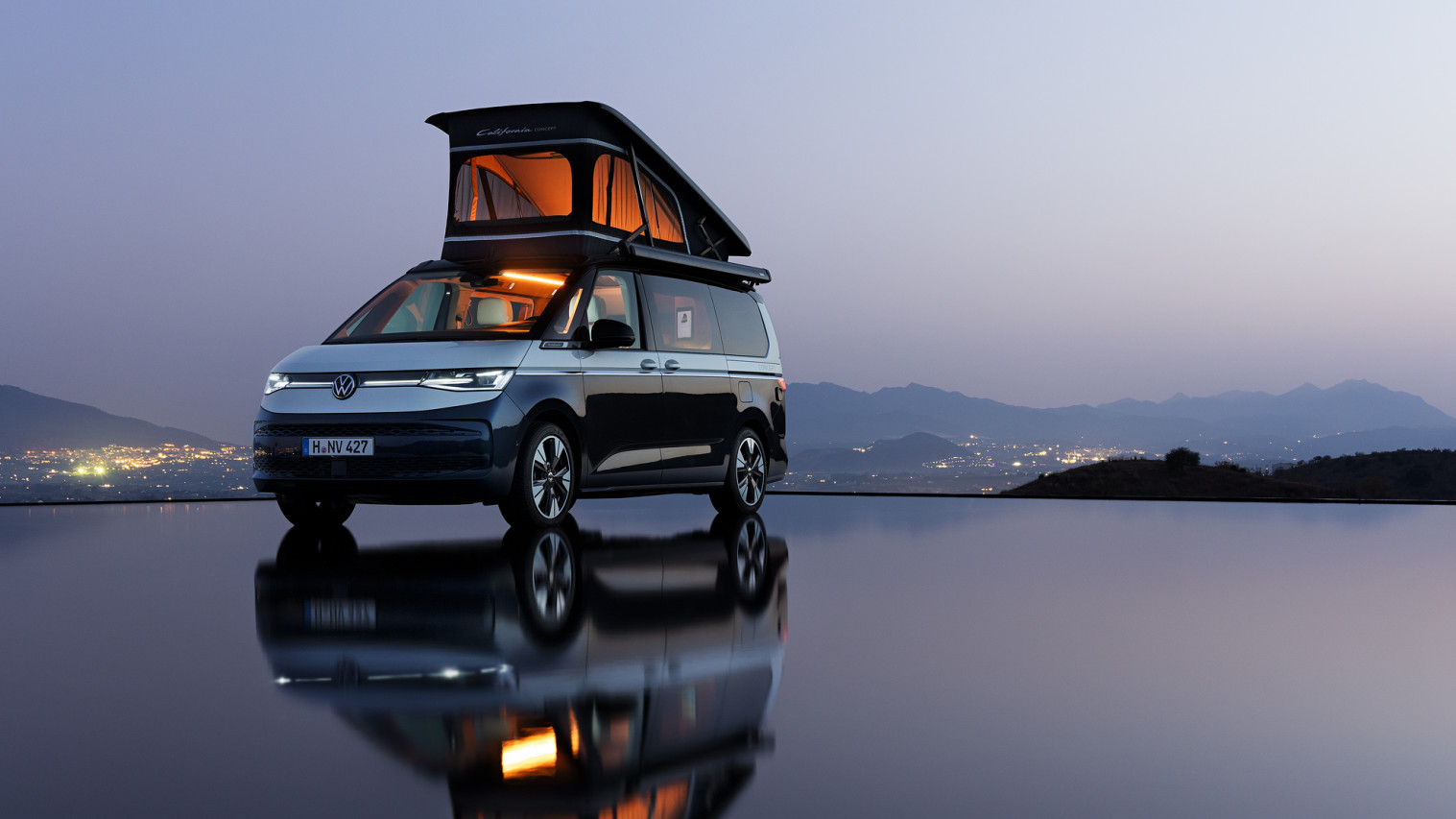 Four new compact camper vans showcase the best in modest mobile home design
Four new compact camper vans showcase the best in modest mobile home designVolkswagen, Citroën, Ford and Mercedes-Benz showcase their latest takes on contemporary van living
By Jonathan Bell
-
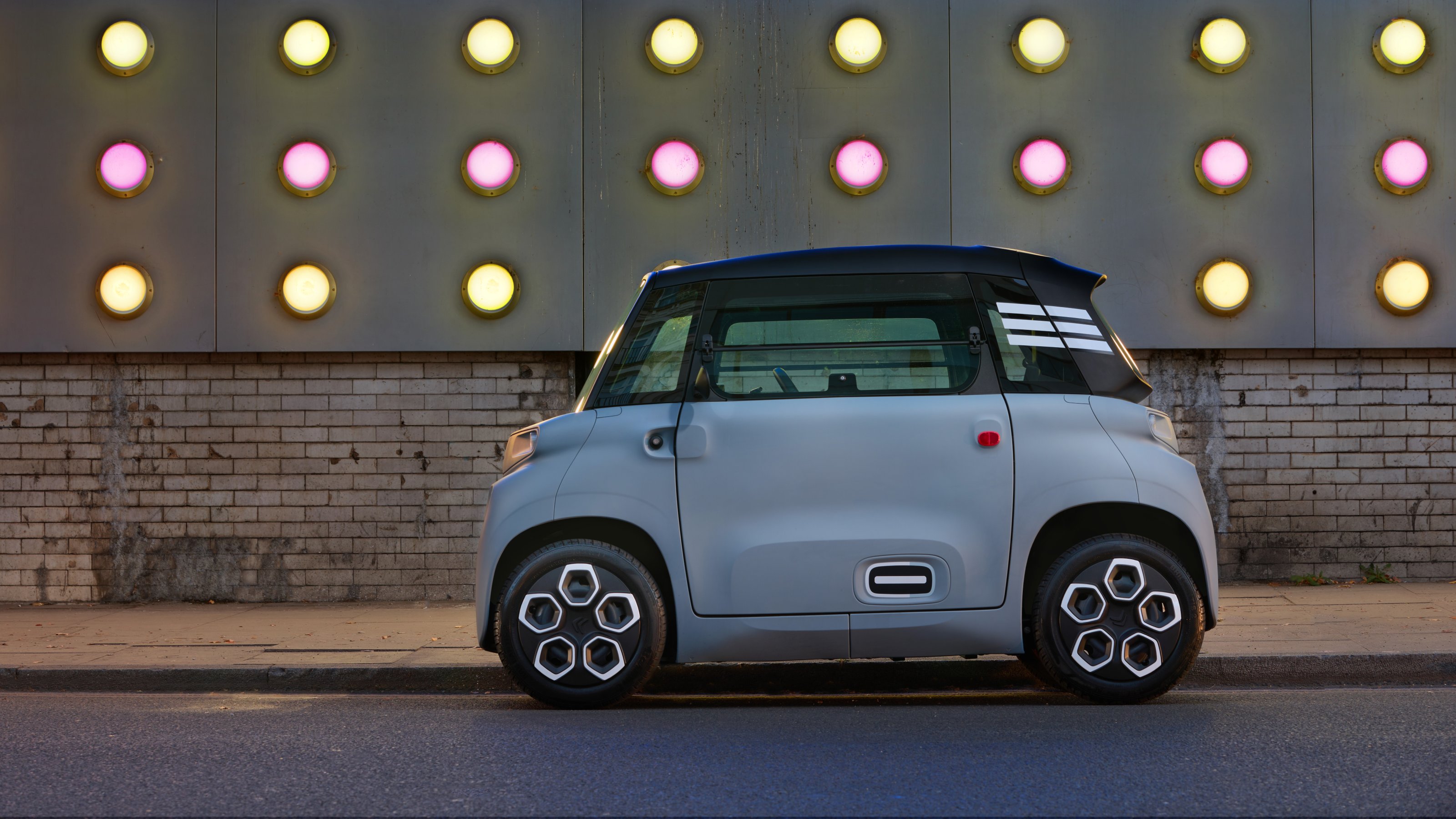 All hail the small scale: Wallpaper* takes a trip inside Citroën’s diminutive new Ami
All hail the small scale: Wallpaper* takes a trip inside Citroën’s diminutive new AmiThe Citroën Ami is small but perfectly formed, albeit a little rough around the edges. For short city hops, it’s hard to beat
By Jonathan Bell
-
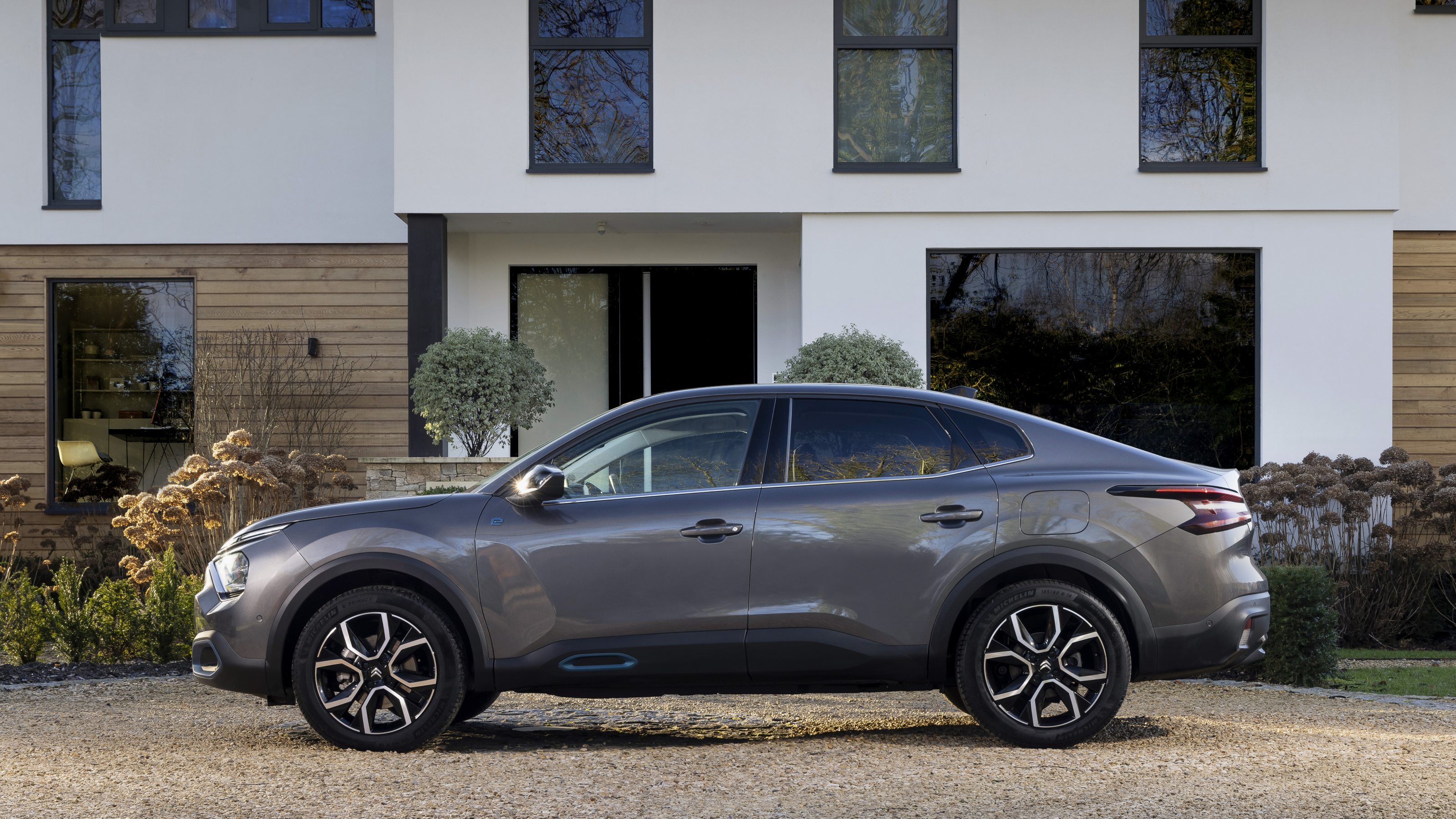 Citroën ventures further into electrification with the new ë-C4 X Electric
Citroën ventures further into electrification with the new ë-C4 X ElectricThe Citroën ë-C4 X is a crossover-style electric family car that doesn’t quite reach the brand’s increasingly high bar
By Jonathan Bell